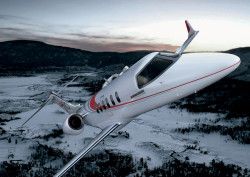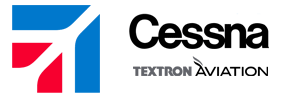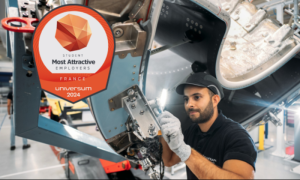- Produits et Services par catégories
- Aviation générale & loisir
- Accessoires et fournitures de pilote
- Aviation légère
- Avions de formation
- Avions privés
- Drones civils, composants et systèmes
- Moteurs pour aviation légère
- Planeurs et planeurs motorisés
- ULM
- Aviation civile
- Cockpit, motorisation et cellule avion
- Défense & systèmes de défense
- Equipements aéroportuaires
- Equipements intérieurs d'avion
- Hélicoptères
- Pièces détachées d'avion / MRO
- Satellites, lanceurs & équipements

Hondajet
Hondajet
Honda Aircraft Company
6430 Ballinger Rd.NC 27410 - Greensboro
États-Unis
À propos de HondaJet HondaJet est l'avion à réaction électrique le plus avancé au monde, avec les meilleurs atouts en performance, en con...
Hondajet
Ceci est une traduction automatique
Déplacez le moteur
Une percée dans l'aéronautique, la montée sur moteur Over-the-Wing a été conçue et prouvée par Honda après plus de 20 ans de recherche et de développement approfondis. Cette technologie innovante non seulement brise le moule conventionnel fixé par l'industrie aérospatiale, mais fournit également des avancées de catégorie, comme une cabine plus spacieuse, une réduction du bruit et une consommation d'essence accrue.
Natural Laminar Flow (NLF), maximise les performances
Des progrès dans l'aérodynamique et la technologie NLF ont été appliqués à la conception du profil de l'aile principale et du nez du fuselage de la HondaJet pour réduire la traînée aérodynamique. Cette innovation d'ingénierie de pointe contribue à une vitesse de croisière élevée et à une augmentation de l'efficacité énergétique.
Structure légère, performance lourde
Contrairement à de nombreux jets qui utilisent l'aluminium, le HondaJet emploie un fuselage composite plus léger mais solide. Le fuselage est créé à partir d'une combinaison de pointe de la structure intégrale co-durcie et des structures en sandwich en nid d'abeilles. Cela entraîne une augmentation de l'espace de cabine, de meilleures performances et une plus grande efficacité énergétique.
Cockpit avancé
Le cockpit HondaJet est conçu pour une sécurité optimale grâce à une conception ergonomique réfléchie et à une connaissance de la situation de pointe. Tout d'abord, nous donnons au pilote plus d'espace et une plus grande visibilité; Ensuite, moins d'intrusions et plus d'intuition. Notre système avionique tout-verre Garmin® G3000 de nouvelle génération rapproche le pilote et l'avion avec une technologie à écran tactile. Les contrôleurs double écran tactile et les écrans à grande résolution panoramiques de 14 pouces offrent une navigation améliorée, une planification de vol et un contrôle. Le poste de pilotage est incontestablement construit autour du pilote pour permettre l'utilisation d'un seul pilote ou d'un double pilote de HondaJet.
Texte original
Move the engine
A breakthrough in aeronautics, the Over-The-Wing Engine Mount was engineered and proven by Honda after more than 20 years of extensive research and development. This innovative technology not only breaks the conventional mold set by the aerospace industry, but also provides category-leading advancements such as a more spacious cabin, noise reduction, and increased fuel efficiency.
Natural Laminar Flow (NLF), maximizes performance
Advancements in aerodynamics and NLF technology were applied to the design of the main wing airfoil and fuselage nose shape of the HondaJet to reduce aerodynamic drag. This cutting-edge engineering innovation contributes to high cruising speed and increased fuel efficiency.
Lightweight structure, heavyweight performance
Unlike many jets that use aluminum, the HondaJet employs a lighter yet strong composite fuselage. The fuselage is created from a cutting-edge combination of co-cured integral structure and honeycomb sandwich structures.This results in increased cabin space, better performance, and greater fuel efficiency.
Advanced cockpit
The HondaJet cockpit is built for optimum safety based on thoughtful ergonomic design and state-of-the-art situational awareness. First, we give the pilot more space and greater visibility; next, fewer intrusions and more intuition. Our Garmin® G3000 next-generation all-glass avionics system brings pilot and aircraft closer together with touch-screen technology. The dual touch-screen controllers and three 14-inch landscape high-resolution displays offer enhanced navigation, flight planning, and control. The cockpit is unquestionably built around the pilot to enable either single-pilot or dual-pilot operation of the HondaJet.

















































































